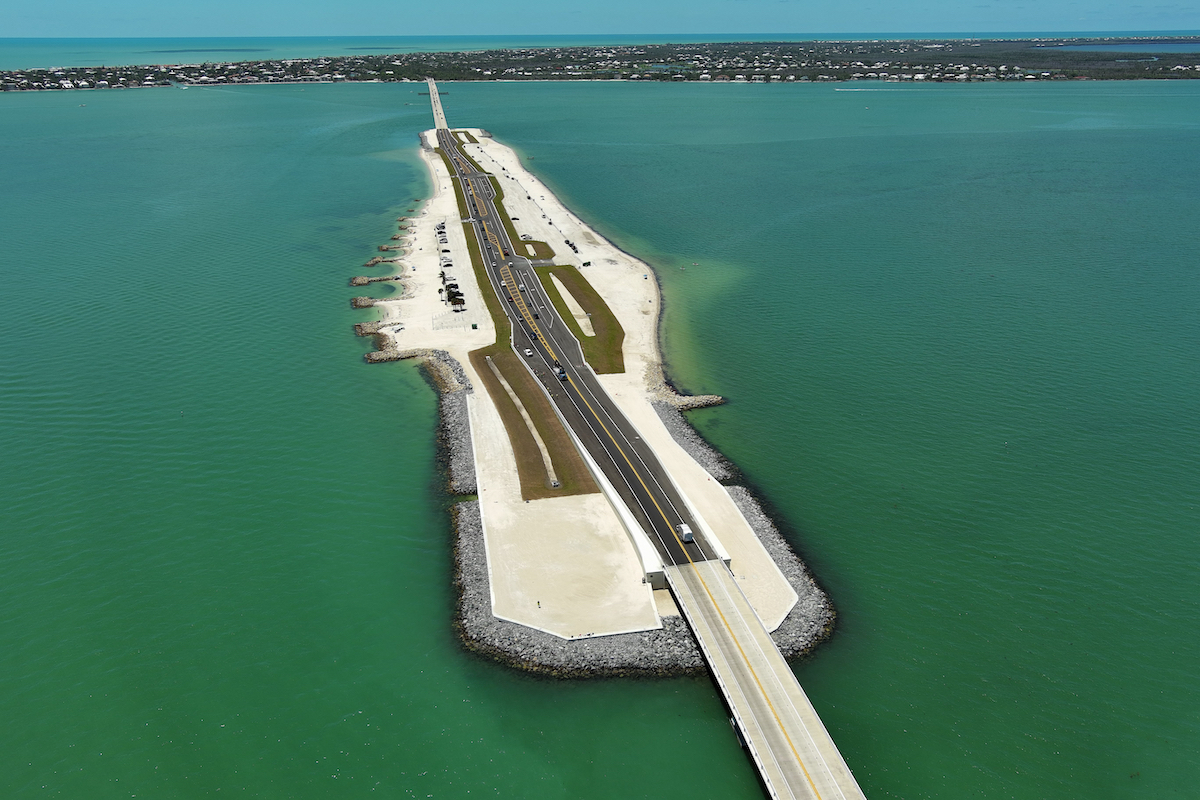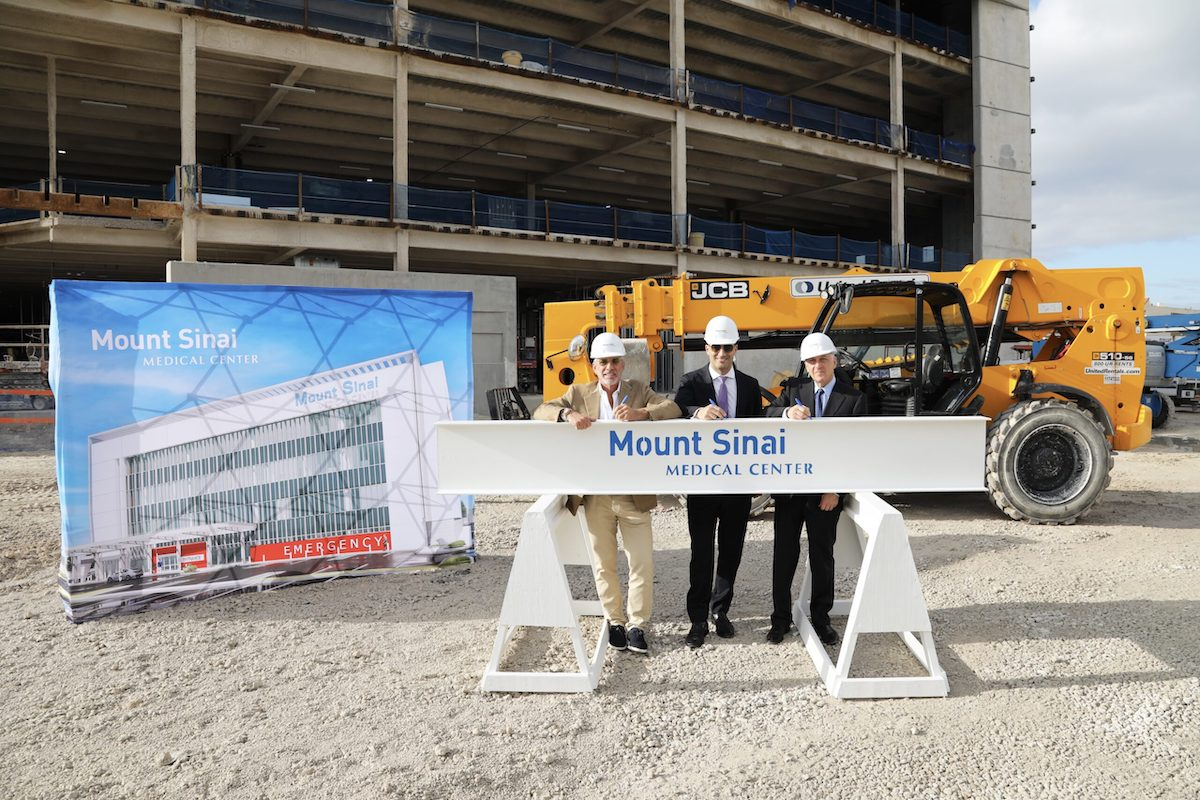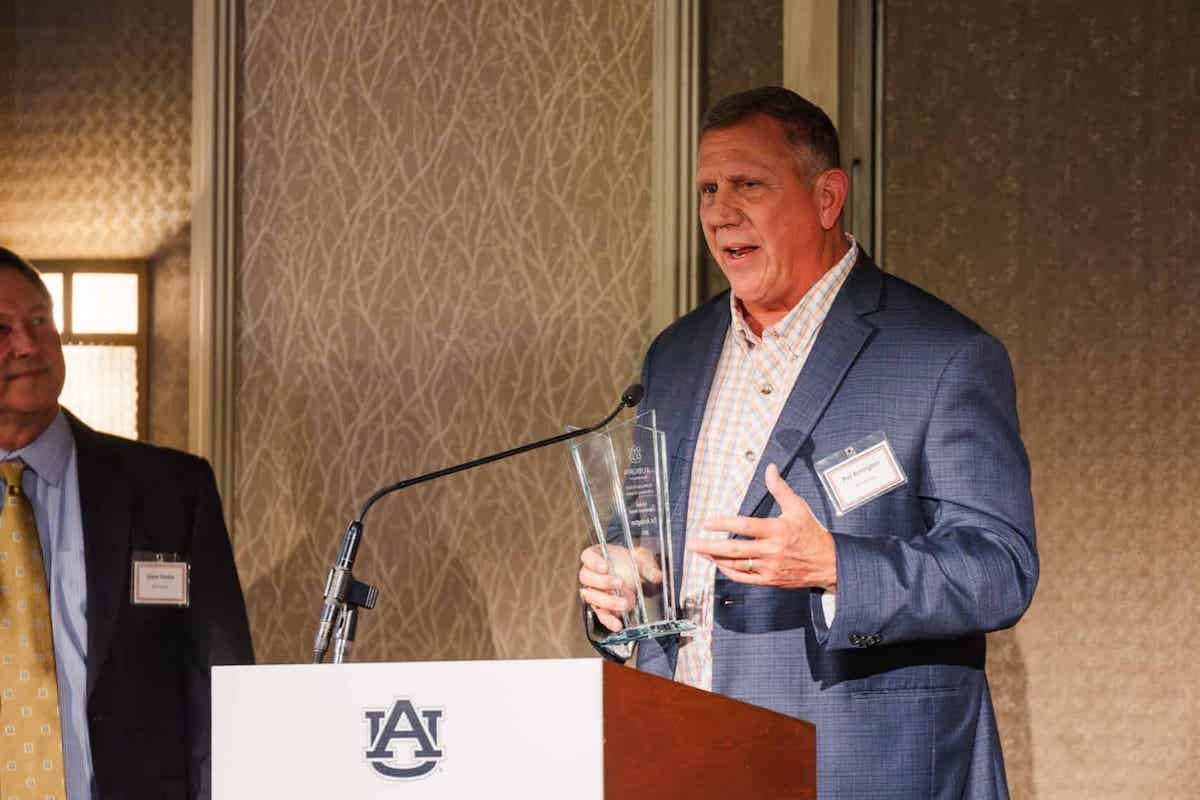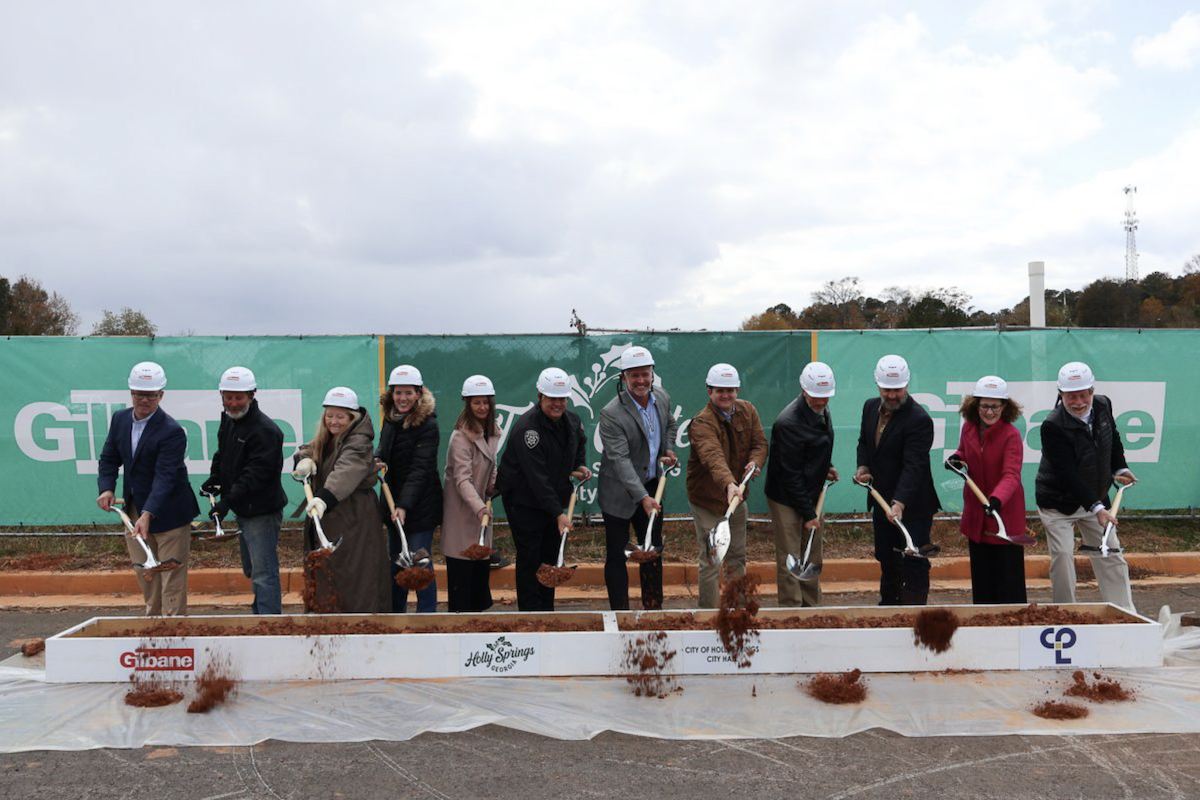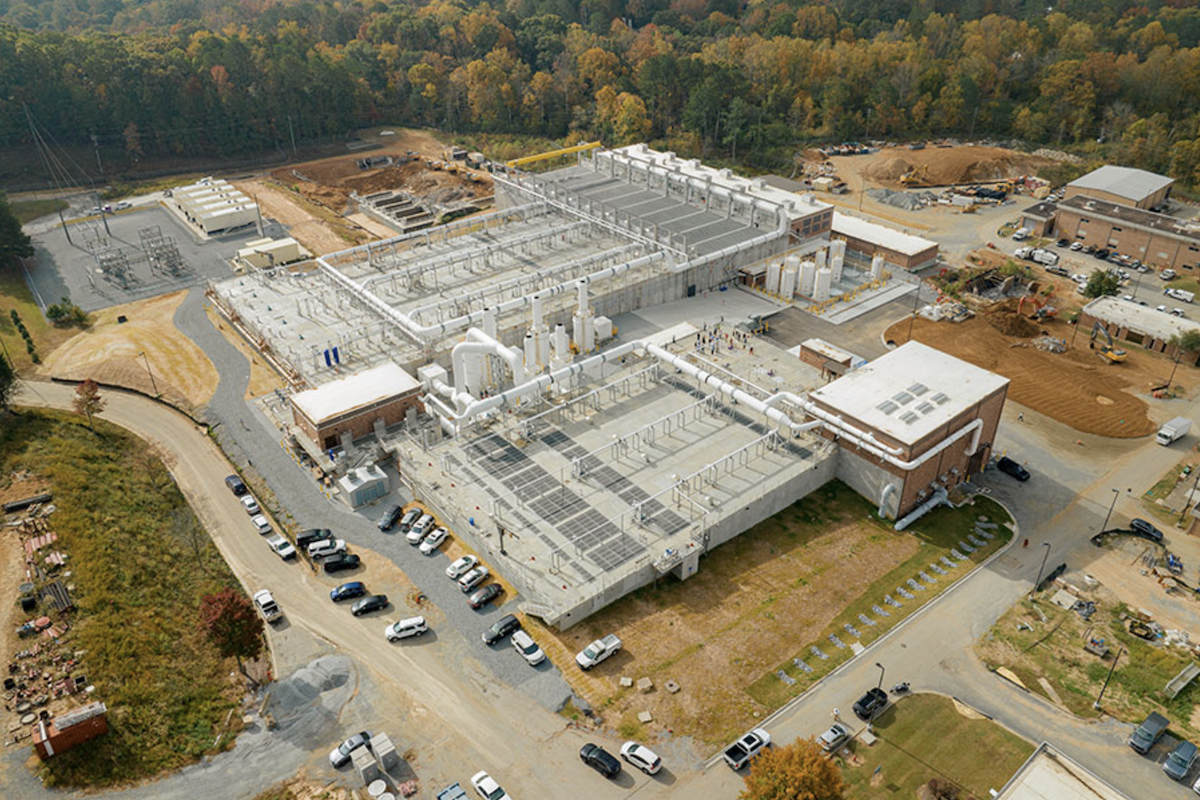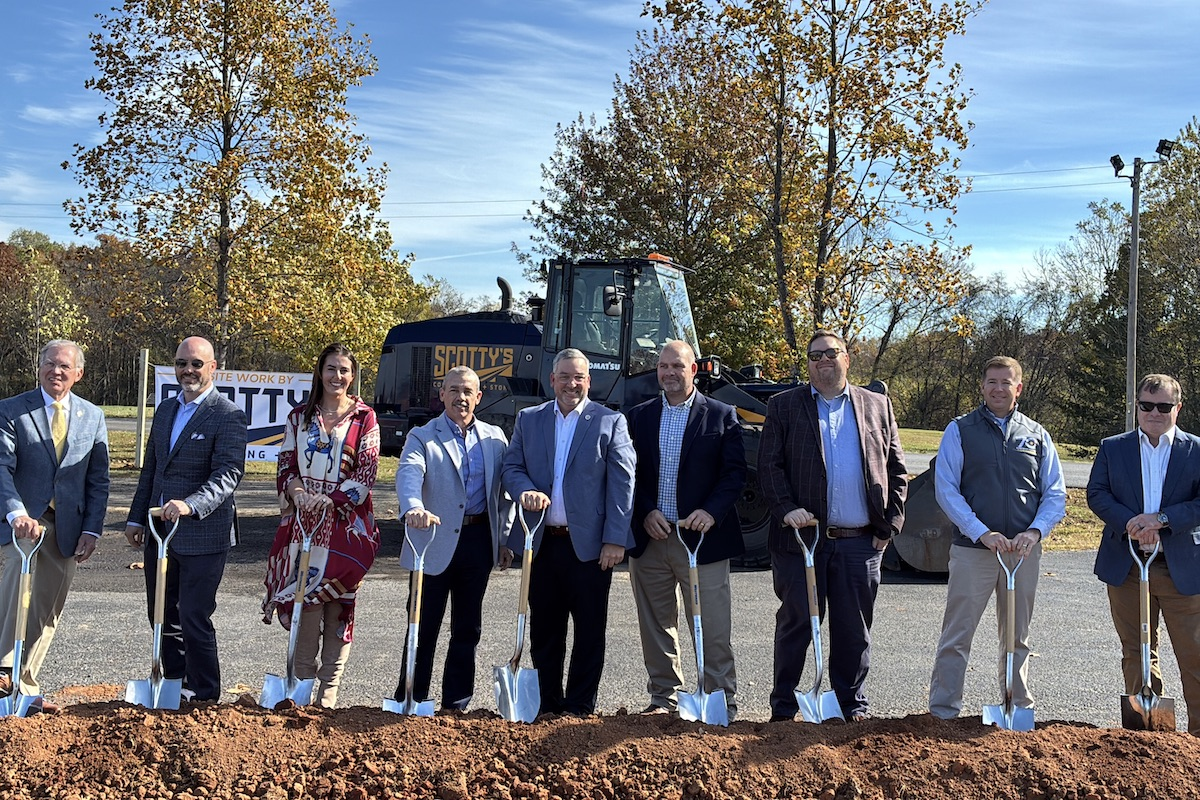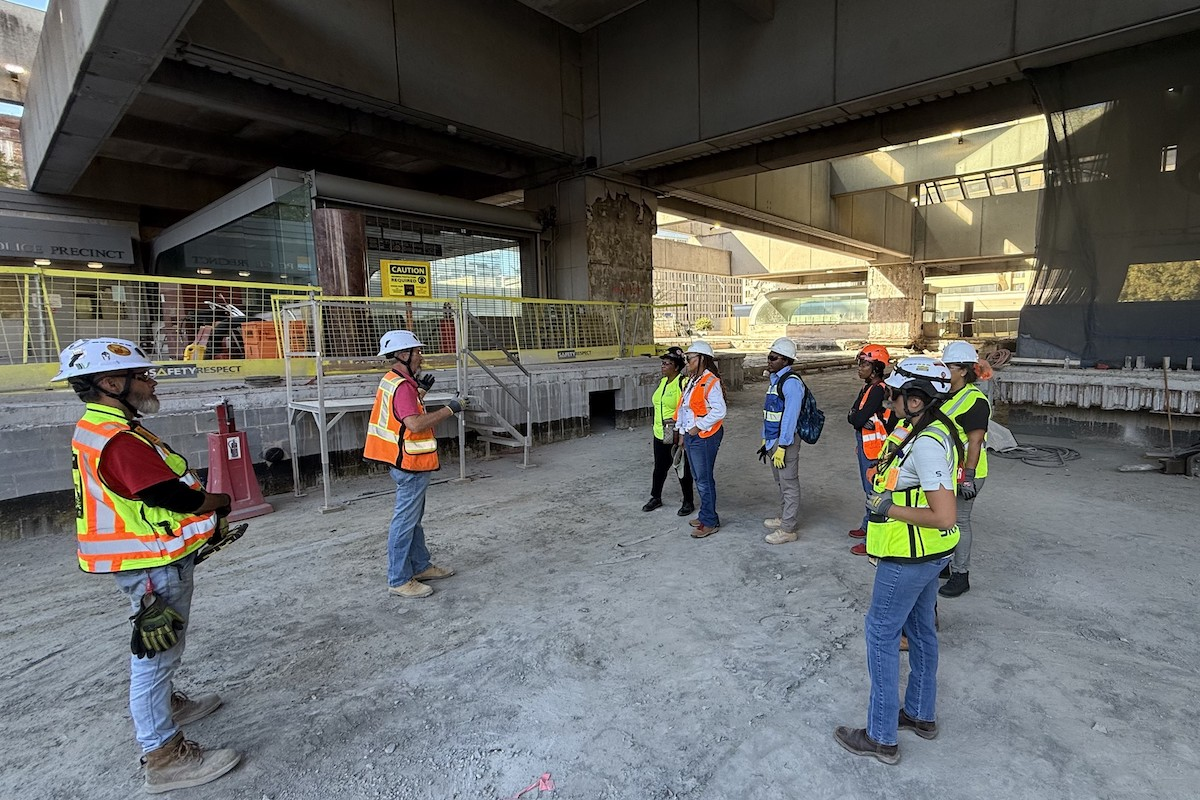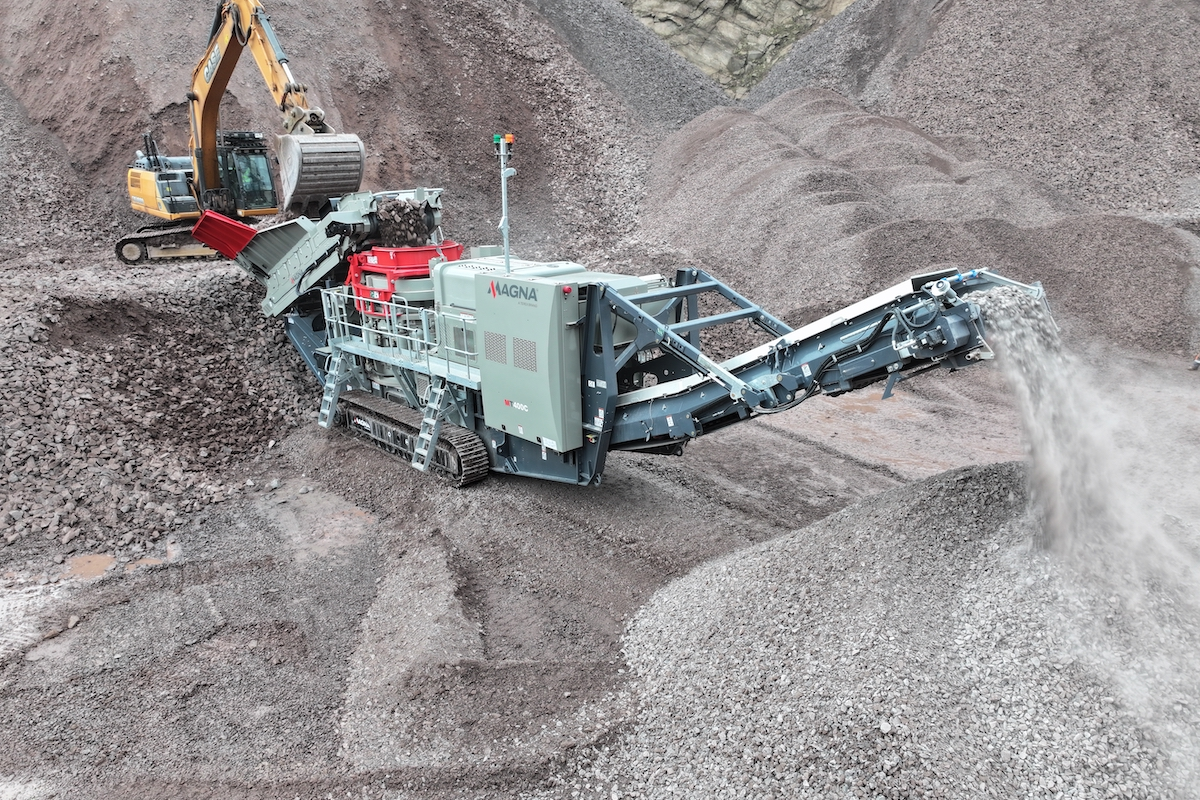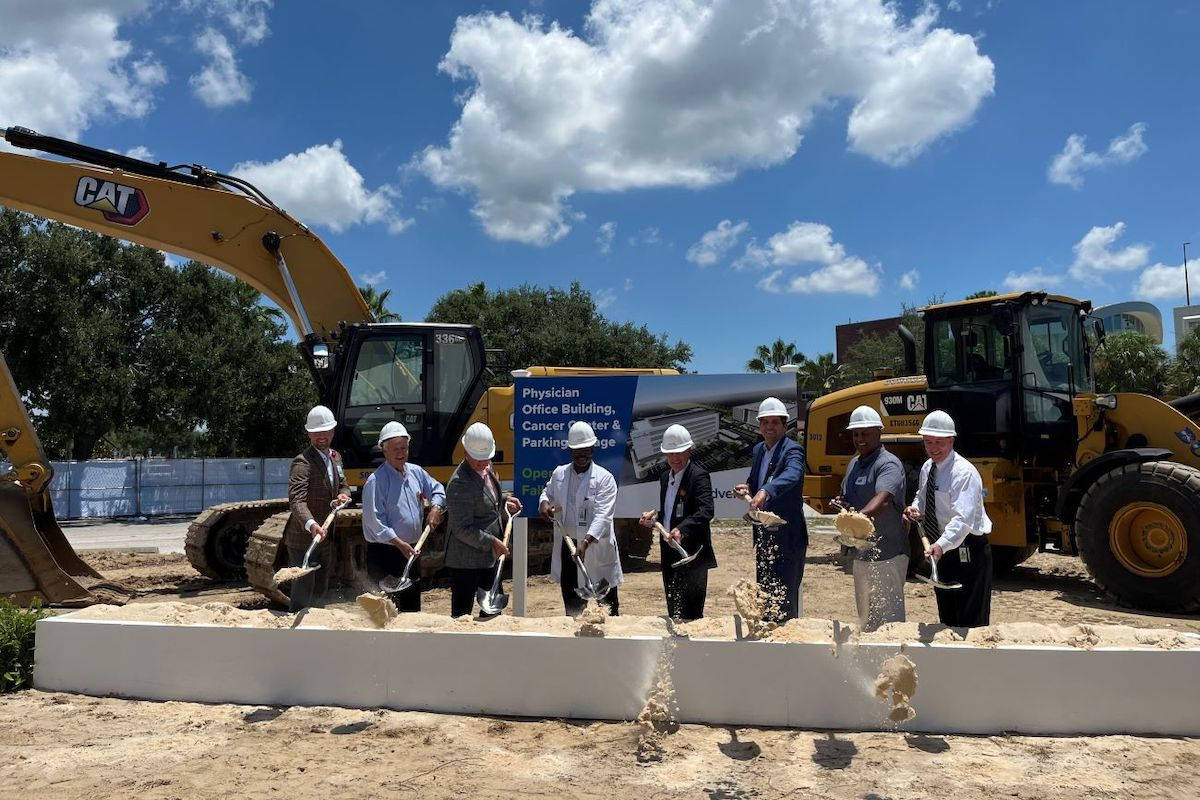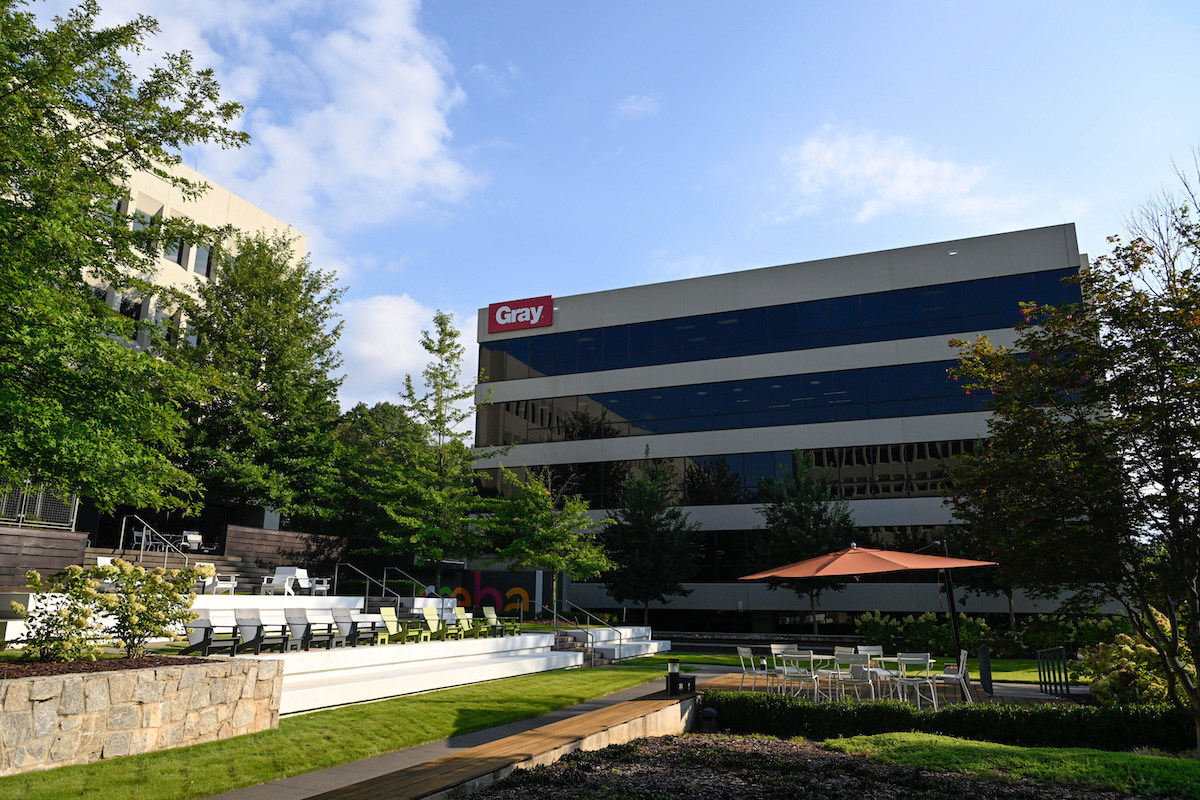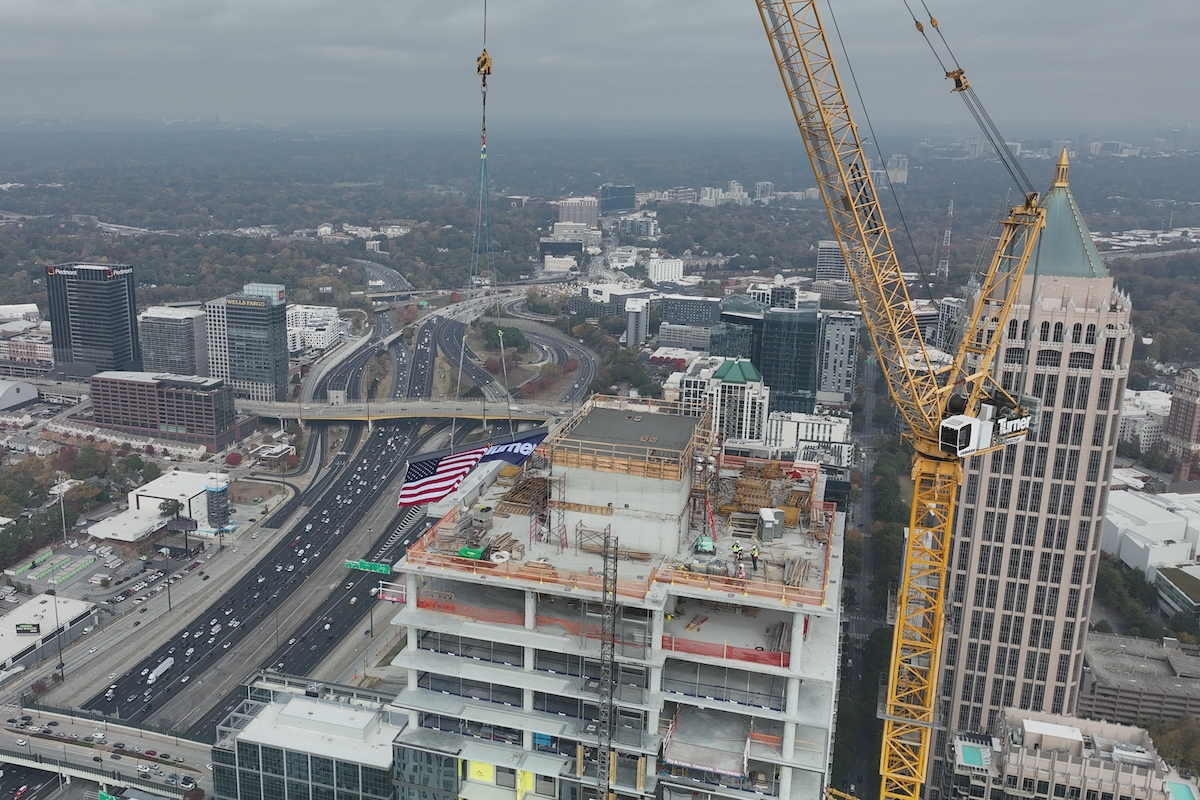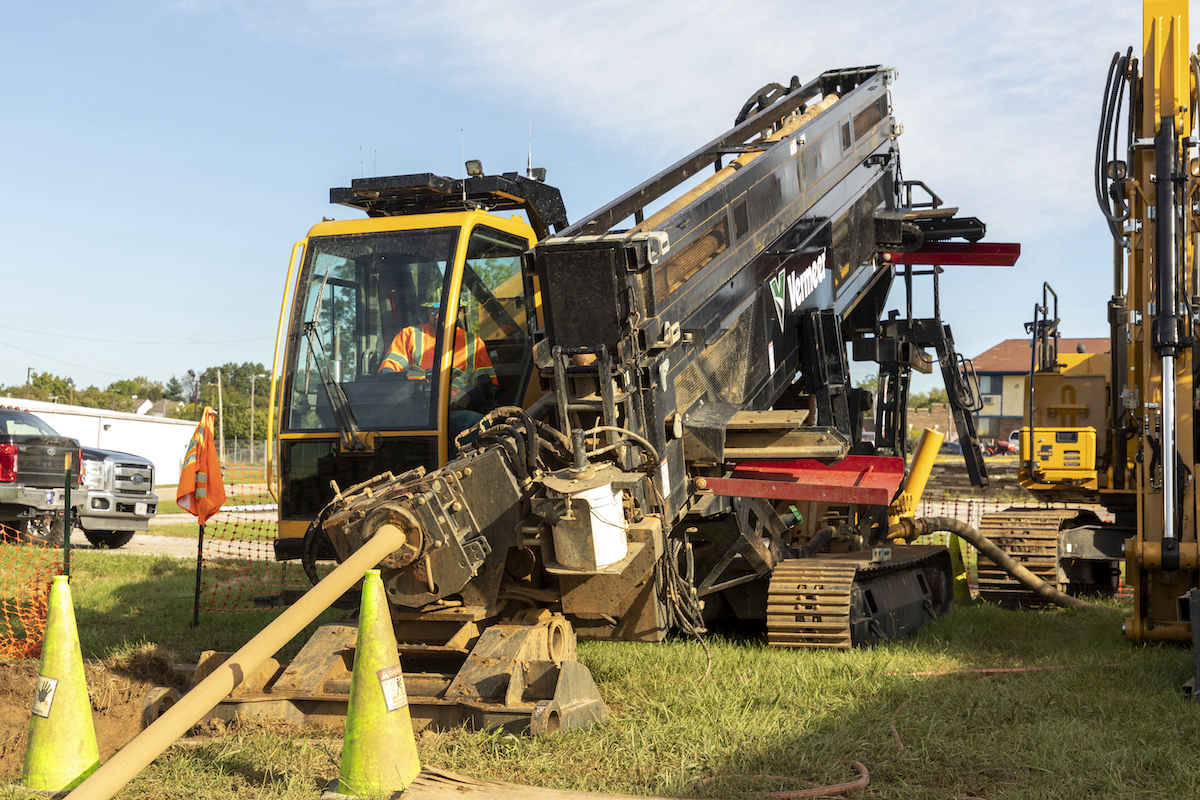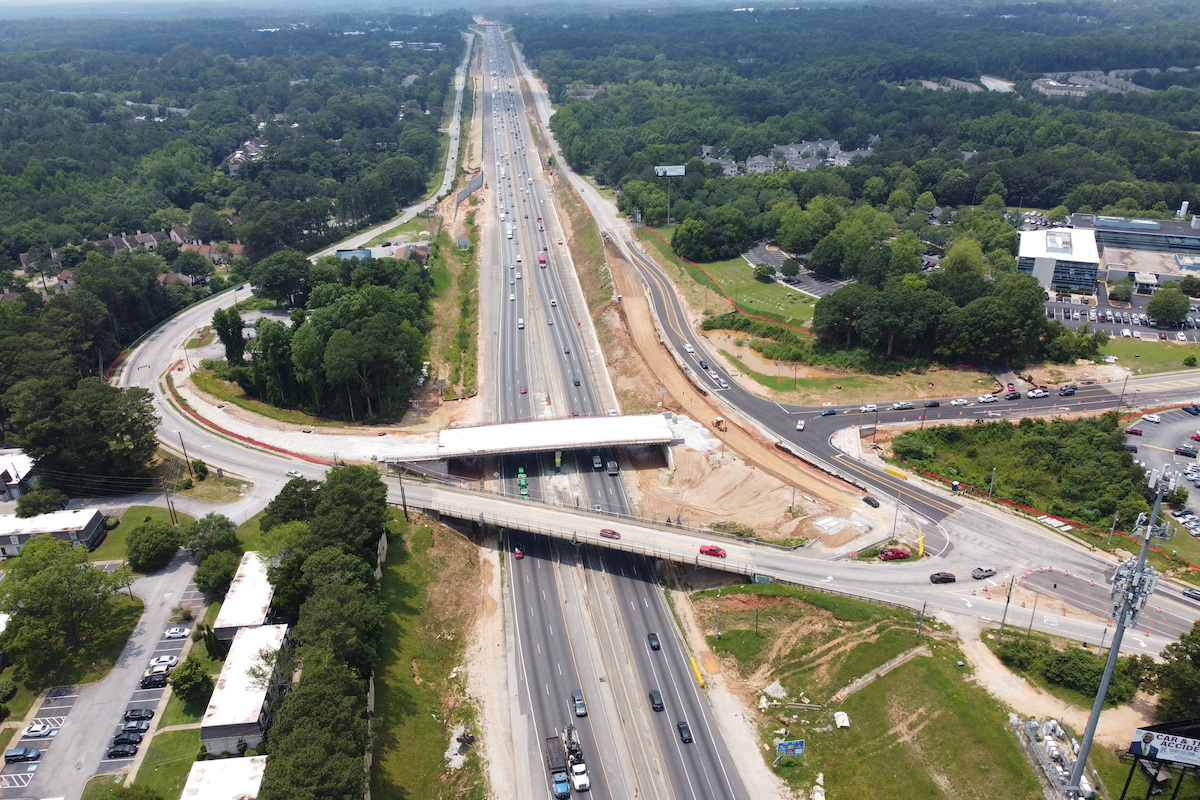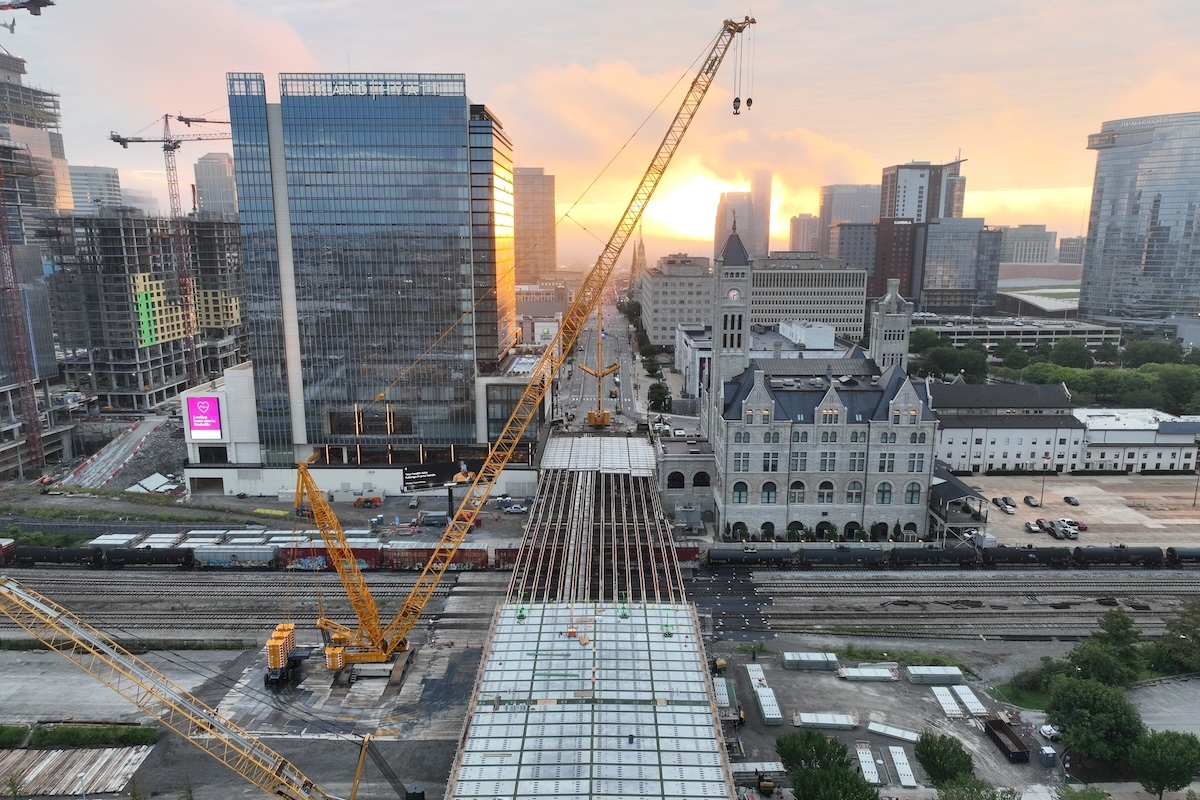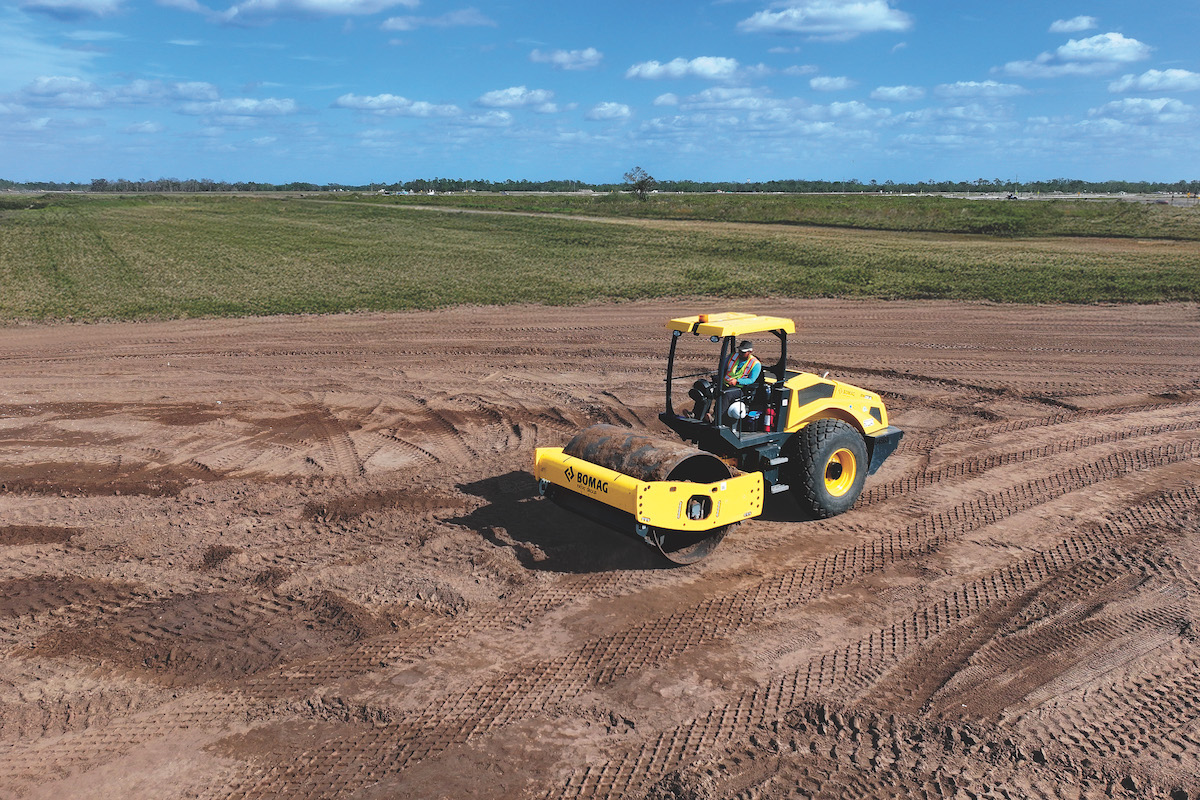Senior Mechanical Engineer Tyler Miller and Field Services Project Manager Anthony Schoenecker, both registered professional engineers, worked on the project. They were used to conducting structural and mechanical inspections anyway, and the New Orleans bridge engineering firm they work for, Modjeski and Masters, has maintained a relationship with the Port since the 1980s. Onsite, a team managed by Schoenecker, including Miller as lead mechanical engineer, crawled over (and in) every inch of the St. Claude Avenue Bridge – which is approximately 95.5 feet from the main trunnion to the toe – and gave special attention to the main bridge joints. They put together the evidence to support their theory of advanced joint wear; damaged and protruding bushings, cracks in one of the counterweight link members and irregularities with bridge seating – all pointing to worn-out joints. Fixing the joints became a priority. Thankfully, there was a scheduled 60-day outage on the calendar.
The U.S. Army Corps of Engineers had wanted to do maintenance work on the Industrial Canal lock system, which connects Lake Pontchartrain with the Mississippi River. To do the work, however, they had to shut to down the waterway and de-water the locks for 60 days. After the USACE notified the Port of their plans, the Port decided to take advantage of the 60-day waterway closure. It was an accelerated schedule, but it was still enough time to implement repairs while they simultaneously closed the St. Claude Avenue Bridge. Soon after the Port learned about the upcoming closure, they contacted Modjeski and Masters, who got to work designing all the parts necessary to complete the project.
Originally, the St. Claude Avenue Bridge was a way for railroad freight traffic, streetcars and pedestrians to cross the Industrial Canal. Over time, though, conversions to the bridge allowed vehicles, cyclists and pedestrians to cross from the Holy Cross neighborhood to the Bywater and St. Claude neighborhoods. Now, there are up to 20 openings a day. It’s a busy bridge, but it’s also one of the city’s fastest – it only takes a few minutes for the bridge to go up and back down. Like any 100-year-old infrastructure, though, things wore out over time.
“It’s like keeping a Model T running,” said Schoenecker, who was involved in project setup and coordination, and who advised the client on the severity and direction of the project. “You’re going to have to replace things over time. With that said, bridges have a much longer usable life span if they’re maintained.”

| Your local Wirtgen America dealer |
|---|
| Beard Equipment Co - AL |
| Tractor & Equipment |
Without intervention by Modjeski and Masters and the Port, the St. Claude Avenue Bridge could’ve become inoperable. The original bronze bearing in the “problem joint” had worn away, which meant steel was rubbing against steel. The joint was rapidly deteriorating, which led to the cracked member and the fact that the bridge’s toe was moving transversely. And while the bridge was nowhere near catastrophic failure – the Port does a great job of continually inspecting and addressing major issues, Schoenecker said – there was the chance that the bascule bridge would become “just a bridge.”
“Knowing that you’re going to have an outage like that is very rare,” Miller said. “If we hadn’t been able to start the project or the design until the bridge became inoperable, it could’ve been out of service for six months. That would have resulted in all sorts of problems, including blocking marine traffic and possible fines from the Coast Guard.”
“We had worked with the contractor and subcontractor before on similar movable bridges. We knew we had to work together because, by the time they were awarded the project, the timeline was even shorter. So, everyone was receptive to each other’s ideas, and in the end, they came up with a really good idea to support the counterweight.”
Building a support system for the counterweight was a must. Knowing they would probably need special permits to create such a system, Modjeski and Masters started the permitting process before the design was even 25 percent complete. They worked with geotechnical consultants – even though that wasn’t part of their original scope – and explored multiple solutions. Since the project would take place during hurricane season and was only a couple miles from the levee that failed during Hurricane Katrina, it was essential for the counterweight support to not harm the flood walls or levees.
“We knew there were multiple ways to support it, so we provided contractors and subcontractors with the loading info and criteria they needed to come up with their own ideas,” said Schoenecker.
A subcontractor suggested an on-grade support system that allowed their bid to be 30 percent less expensive than original engineering estimates. The system was a little undersized, though, and there was another issue to work through – Louisiana soil. (It’s unsurprisingly unreliable, like building on toothpaste.) Using input from the Port, and working within project constraints, Modjeski and Masters worked with the subcontractor to finetune their calculations and come up with a system that worked. The next step was getting the Port and the USACE to approve the system. It was a bit of a hard sell, given the unknown soil conditions, but after numerous discussions, they agreed the on-grade support was a viable system. After all, the team was being conservative with its numbers; no way were they going to risk something shifting. The USACE wanted to be extra cautious, however, so they set up adjacent flood wall monitoring that checked for one-eighth of an inch of movement every 15 minutes during the initial loading. It was never an issue.

| Your local Topcon Positioning Systems Inc dealer |
|---|
| Linder Industrial Machinery |
By the time construction mobilization began in late August, COVID-19 had swept through the world and people were worried about the job site shutting down. New safety protocols were put into place and Modjeski and Masters, like so many other companies, pivoted.
“I know it’s the big buzzword,” said Schoenecker. “But the pandemic really did play a role in how this project was completed. It was our first major rehabilitation project during COVID-19, so we changed how we operate our business as we solved the project.”
Thankfully, they had done most of the design work before the worst of the pandemic. On September 4, 2020, the 60-day outage began. During disassembly, the team confirmed that the problem joint was a major issue. Because Strauss bridges totally enclose the moving parts of a joint, it’s hard to fully identify what, exactly, is going on. You have to do the best you can with what you see from the outside, said Miller. For the St. Claude Avenue Bridge, once the joint was disassembled, the extent of excessive internal wear was observed. It was also evident that the top half of one counterweight link member was no longer square with the side plates that supported it. As a result, it was bent. The solution was to replace the top half of the counterweight link members.
“We had to be accurate. Very accurate,” said Miller. “The contractor measured the original counterweight link member, cut it, and then installed the new part so the member was back to its original length. It added a lot of complexity to the project.” The joint was also interesting. Once the original early 1900s pin was removed, a new internal bronze bearing was inserted into the existing structure. In order for the new pin to be inserted, the bores had to be exact. To hold the new pin in place and keep it from rotating, dowel pins were installed. Cooled by liquid nitrogen, the dowels shrunk to just the right size. After replacing the joint, all of the other issues – the moving toe, the uneven stress on the members – disappeared.
“That’s one of the reasons I found this project so satisfying,” said Miller. “We didn’t have to take care of multiple problems with multiple fixes. Oftentimes, with movable bridges, the problem seems obvious but can be misleading. More often than not, you have to think outside of the box to find the real problem and solution.”
- Owner: Port of New Orleans, New Orleans, Louisiana
- Engineer: Modjeski and Masters, New Orleans, Louisiana
- General Contractor: PCL Construction, Denver, Colorado
- Construction Manager: PCL Construction
- Fabricator and Field Machining Specialists (subcontractor): In-Place Machining Company, Milwaukee, Wisconsin
- Contractor’s Engineer (subcontractor): Wiss, Janney, Elstner Associates, Inc., Northbrook, Illinois
- Supplier of Advance Procurement of Raw Materials: Boland Marine & Industrial LLC, New Orleans, Louisiana
- Start Date: April 9, 2020 – Official Notice to Proceed to start design
- April 21, 2020 – Final advance procurement raw material details and technical specifications provided by Modjeski and Masters to Port of New Orleans
- May 15, 2020 – AP bid award
- June 4, 2020 – Final design plans and special provisions provided by Modjeski and Masters to Port of New Orleans
- June 30, 2020 – Construction contract bids due
- July 23, 2020 – Construction contract award
- August 31, 2020 – Construction mobilization begins
- September 4, 2020 – Navigation outage work begins
- October 30, 2020 – Navigation outage work ends
- November 16, 2020 – Construction complete
- November 27, 2020—Completion date

| Your local Gomaco dealer |
|---|
| Ring Power Corporation |


















